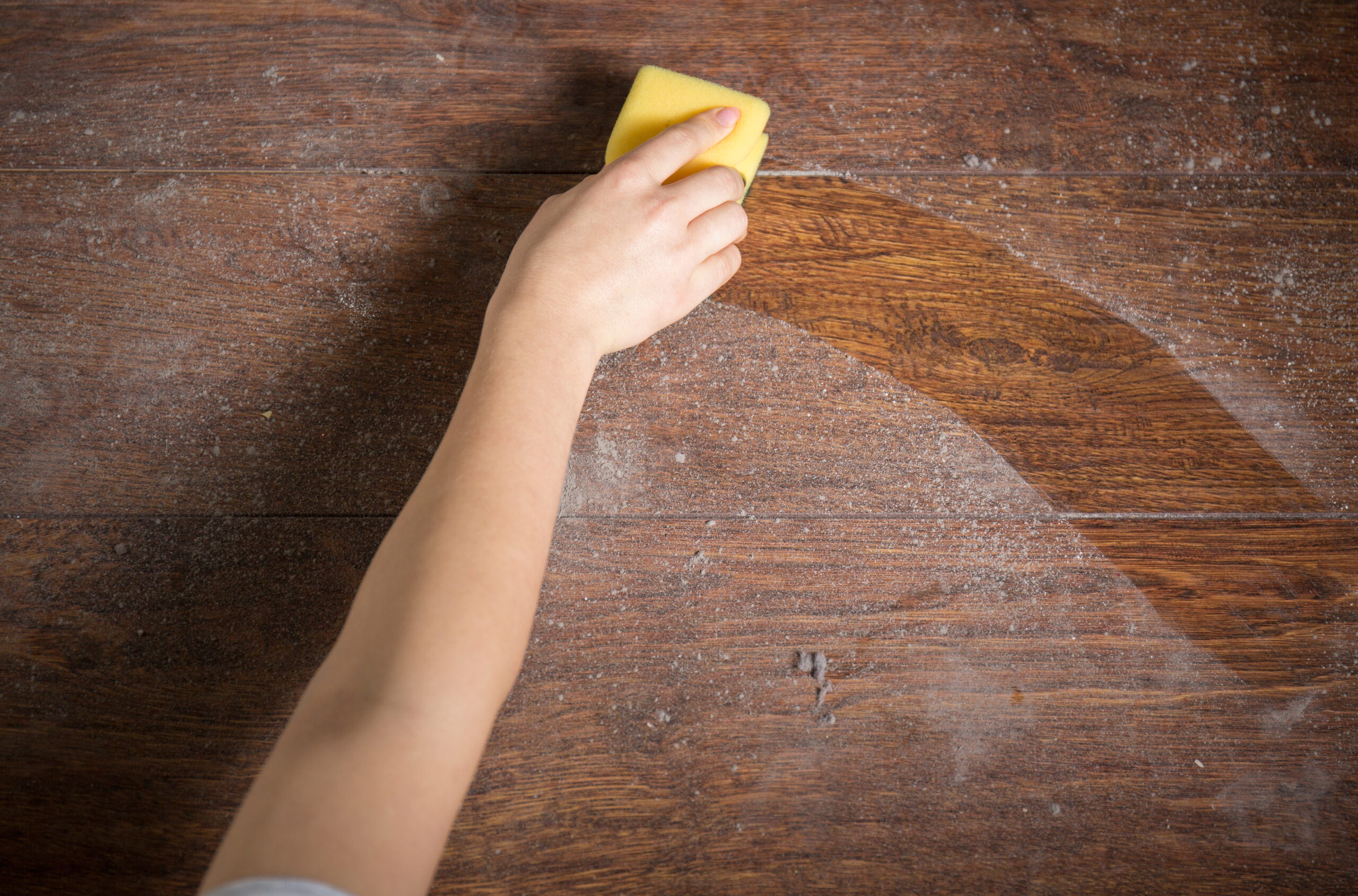How to Clean Construction Dust From Furniture Fast and Easily

Cleaning construction dust from furniture requires the right tools, proper sequencing, and a bit of technique. Construction dust can settle deeply into furniture surfaces, affecting both appearance and air quality if not handled correctly. After finishing a home remodel or dealing with post-renovation mess, following a structured cleaning method helps restore your furniture quickly and safely. Many homeowners find that using microfiber materials and gentle cleaning solutions reduces the risk of scratching while ensuring a spotless finish. However, for extensive renovation cleanup, expert cleaners in Austin can tackle the job more efficiently and save you hours of labor.
Step 1: Prepare Your Cleaning Area and Tools
Preparation is key to effectively removing dust. Gather essential supplies:
- Microfiber cloths for trapping fine particles
- A vacuum with a brush attachment for loosening and lifting dust
- A mild cleaning solution suitable for wood or upholstered furniture
Start by vacuuming visible debris, focusing on hidden sections such as corners, seams, and carvings. Then lightly dampen a microfiber cloth and wipe each surface section by section. Changing clothes frequently prevents dust redistribution. Completing these steps ensures that your furniture is properly prepared for detailed cleaning.
Step 2: Use the Right Cleaning Tools for Different Materials
Choosing the right tool helps avoid damage and speeds up the process.
- Microfiber Cloths: Capture dust effectively without leaving streaks.
- Vacuum Cleaner with Brush Attachment: Reaches crevices, joints, and upholstery seams where dust tends to hide.
- Soft Bristle Brush: Ideal for ornate furniture details or antique pieces that require extra care.
These tools help you manage both large and fine dust efficiently, especially after major renovation or drywall work.
Step 3: Apply Effective Dusting Techniques
Dusting properly ensures that particles are lifted rather than pushed around. Begin at the top and move downward to prevent dust from resettling. Use slow, smooth strokes instead of circular motions. For intricate details, use a small brush or handheld vacuum. Wash or shake your clothes frequently during the process.
Many professional cleaners recommend dusting under natural light, as it reveals residual dust that artificial lighting might hide. Consistent attention to detail keeps furniture looking fresh and minimizes indoor air pollutants.
Step 4: Wipe Down Surfaces Correctly
When wiping surfaces, slightly dampen your microfiber cloth with a gentle cleaning solution, and avoid soaking it. Move in top-to-bottom strokes with light pressure, especially on varnished or painted finishes. Focus on crevices, carvings, and handles where dust tends to accumulate.
For wood furniture, follow the grain to avoid streaks. For metal or glass surfaces, use separate cloths to prevent cross-contamination. Repeating this process on all visible areas helps achieve a consistent, polished result.
Step 5: Vacuum Upholstered Furniture Thoroughly
Upholstery traps dust more easily than hard surfaces. Attach a soft brush to your vacuum and begin with seat cushions. Move systematically across the arms, backrest, and underside of each piece. For seams or tight spaces, switch to a crevice tool for precision cleaning.
Some homeowners find that a second light vacuuming pass removes remaining fine dust and helps fabrics look refreshed. Maintaining regular vacuuming after construction ensures that indoor air remains clean and your furniture stays in excellent condition.
Step 6: Add Finishing Touches and Maintain Cleanliness
After cleaning, consider applying a fabric protectant or anti-static spray to prevent future dust buildup. Maintain your furniture with these simple habits:
- Wipe surfaces weekly with a dry microfiber cloth.
- Fluff and rotate cushions to maintain shape and prevent uneven wear.
- Keep furniture away from open windows or vents during nearby construction work.
- Periodically check for dust accumulation in corners and decorative grooves.
Implementing these steps helps extend the life of your furniture while maintaining a cleaner, healthier home environment.
With the right tools, sequence, and gentle techniques, you can quickly and safely remove construction dust from furniture. Homeowners who maintain consistent cleaning routines notice fewer allergens, cleaner surfaces, and longer-lasting finishes, proving that proper post-construction care pays off in both comfort and appearance.
Contact Us
Looking for reliable and professional cleaning services in Austin? Contact Tidy Hands Cleaners for all your residential and commercial cleaning needs.
📍 Address: 720 Airport Blvd, Austin, TX 78702
📞 Phone: (512) 763-5441
📧 Email: support@tidyhandstx.com
🕒 Business Hours: Open 24 Hours
📋 Book Online: For inquiries or to schedule a consultation, please visit our Contact Us page.
Related Topics:



